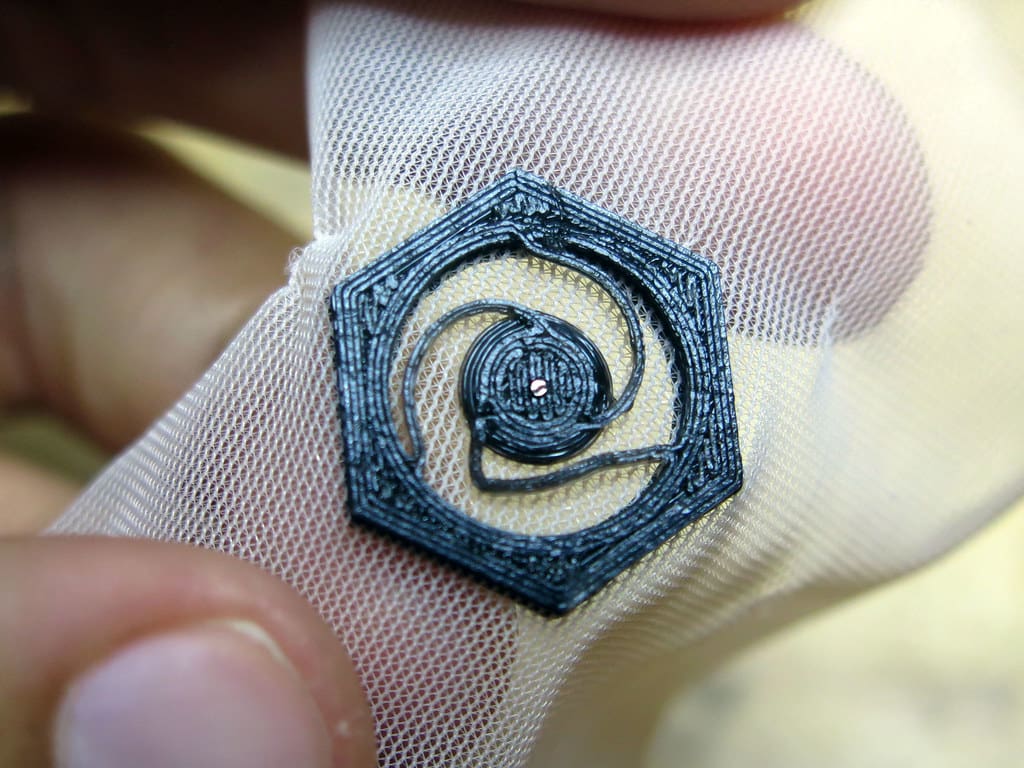Fabric engineering involves the design and development of textiles for a wide range of applications, from everyday clothing to specialized industrial products. With the advent of 3D printing technology, also known as additive manufacturing, fabric engineers now have the ability to create complex, functional, and aesthetically unique textiles that were once considered unachievable. This technology allows for the precise manipulation of materials at the micro-level, enabling the production of fabrics with customized properties such as flexibility, strength, and water resistance.
The Emergence of 3D Printing in Fabric Engineering
Initially utilized for prototyping rigid products, 3D printing has expanded into the textile industry, revolutionizing the way fabrics are conceived and created. Innovations in 3D printing technologies have enabled the direct fabrication of textile structures, merging traditional textile craftsmanship with digital manufacturing processes. This integration offers unparalleled opportunities to innovate within the field, pushing the boundaries of what can be achieved in fabric design and functionality.

Advantages of 3D Printing in Fabric Engineering
Complex Geometries and Intricate Designs: 3D printing enables the creation of fabrics with complex geometries and intricate patterns that cannot be produced through traditional weaving or knitting methods. This capability allows designers to explore new aesthetic dimensions and functional applications.
Material Innovation and Hybridization: 3D printing facilitates the combination of different materials within a single fabric, allowing for the creation of hybrid textiles that possess unique properties. This includes integrating conductive materials for smart textiles or embedding biocompatible materials for medical applications.
Customization and Personalization: Additive manufacturing supports the high-degree customization of fabrics at no additional production cost. Each piece can be tailored to individual specifications, making it ideal for applications requiring precise fit and function, such as medical prosthetics or personalized fashion items.
Sustainability and Waste Reduction: 3D printing contributes to sustainability in fabric production by minimizing waste. Unlike traditional fabric manufacturing that often involves cutting from large pieces of cloth, 3D printing uses only the material that is needed, reducing scrap and environmental impact.
Key Applications of 3D Printing in Fabric Engineering
Wearable Technology: Integrating electronics with textile production, 3D printing is used to create smart fabrics that can monitor health metrics, change color, or alter their form based on environmental stimuli.
Medical Textiles: In the healthcare sector, 3D printed fabrics are developed for use in implants, bandages, and prosthetics, tailored to meet specific medical requirements such as biocompatibility and flexibility.
Sports and Performance Wear: Engineered fabrics that enhance athletic performance by regulating temperature, managing moisture, or improving comfort are increasingly manufactured using 3D printing techniques.
Fashion and Design: High fashion and avant-garde designers employ 3D printing to produce intricate designs that are both visually striking and often impossible to create with traditional textile techniques.

Challenges in 3D Printing for Fabric Engineering
Technical Limitations: While 3D printing offers significant advantages, the resolution and durability of printed fabrics can be limited compared to those produced by traditional methods. Ensuring that 3D printed fabrics can withstand wear and tear remains a challenge.
Material Restrictions: The choice of materials suitable for 3D printed fabrics is currently limited, primarily to certain polymers and composites. Expanding the range of printable materials to include more natural fibers or advanced composites is necessary for broader applications.
Production Speed and Cost: 3D printing can be slower and more costly than traditional textile production methods, particularly when scaled up for mass production. Balancing cost, speed, and quality is essential for the economic viability of 3D printed fabrics.
Market Acceptance: Despite its potential, there remains a degree of skepticism regarding the comfort, style, and functionality of 3D printed fabrics in consumer markets. Overcoming these perceptions is crucial for widespread adoption.
Future Directions in 3D Printing for Fabric Engineering
The future of 3D printing in fabric engineering is promising, with ongoing research focused on enhancing the capabilities of 3D printers to handle a wider range of materials and to produce more durable and flexible products. Innovations in fiber technology, such as the development of nanomaterials and conductive polymers, are expected to further expand the applications of 3D printed fabrics.
3D printing is set to continue its transformative impact on fabric engineering, providing innovative solutions that advance the field in terms of design, functionality, and sustainability. As the technology progresses, it will likely become a staple in fabric production, offering enhanced possibilities for customization and material properties. With continued innovation and adaptation, 3D printing will increasingly become an integral part of the fabric engineering landscape, reshaping how textiles are designed, produced, and used across various industries.








